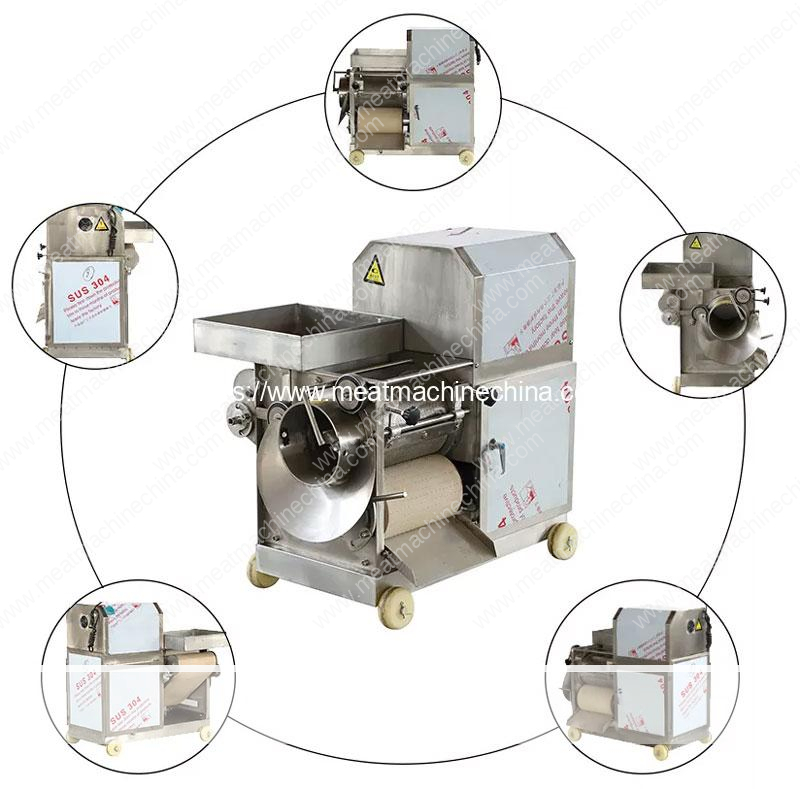10 years of experience as a food machinery equipment manufacturer
10 years of experience as a food machinery equipment manufacturer
A fish meat bone separator, also known as a fish deboner or fish meat refiner, is a specialized piece of food processing equipment designed to efficiently separate fish flesh from bones, skin, and fins. Its primary function is to extract pure fish meat for further processing into various food products.

The core operating principle of most fish meat bone separators relies on mechanical pressure and extrusion. Key steps typically include:
While designs can vary slightly, common components include:
Advantages:
Applications:
Fish meat bone separators are extensively utilized in the seafood processing industry for producing raw material for:
For optimal performance and longevity, certain factors are crucial:
Using a fish meat bone separator effectively contributes to value addition in fish processing, resource optimization, and the production of safe, high-quality fish products.
